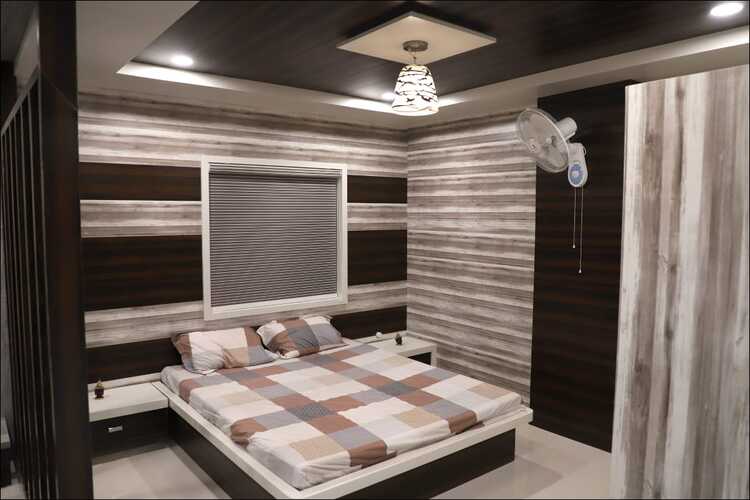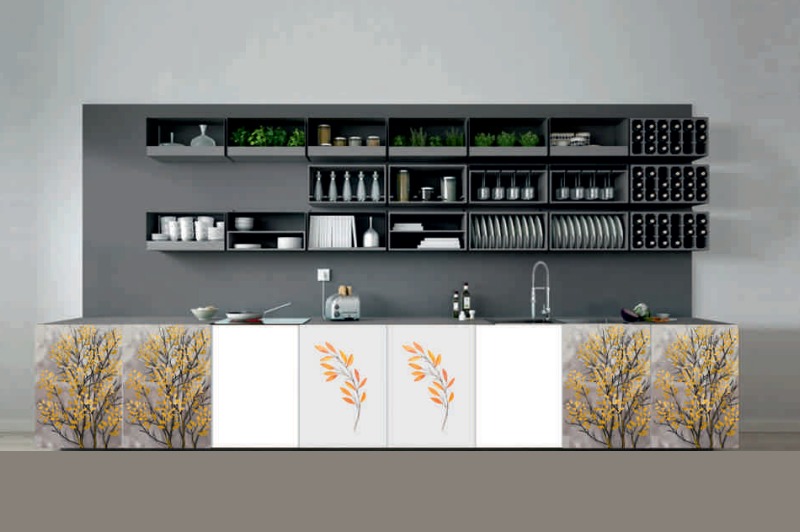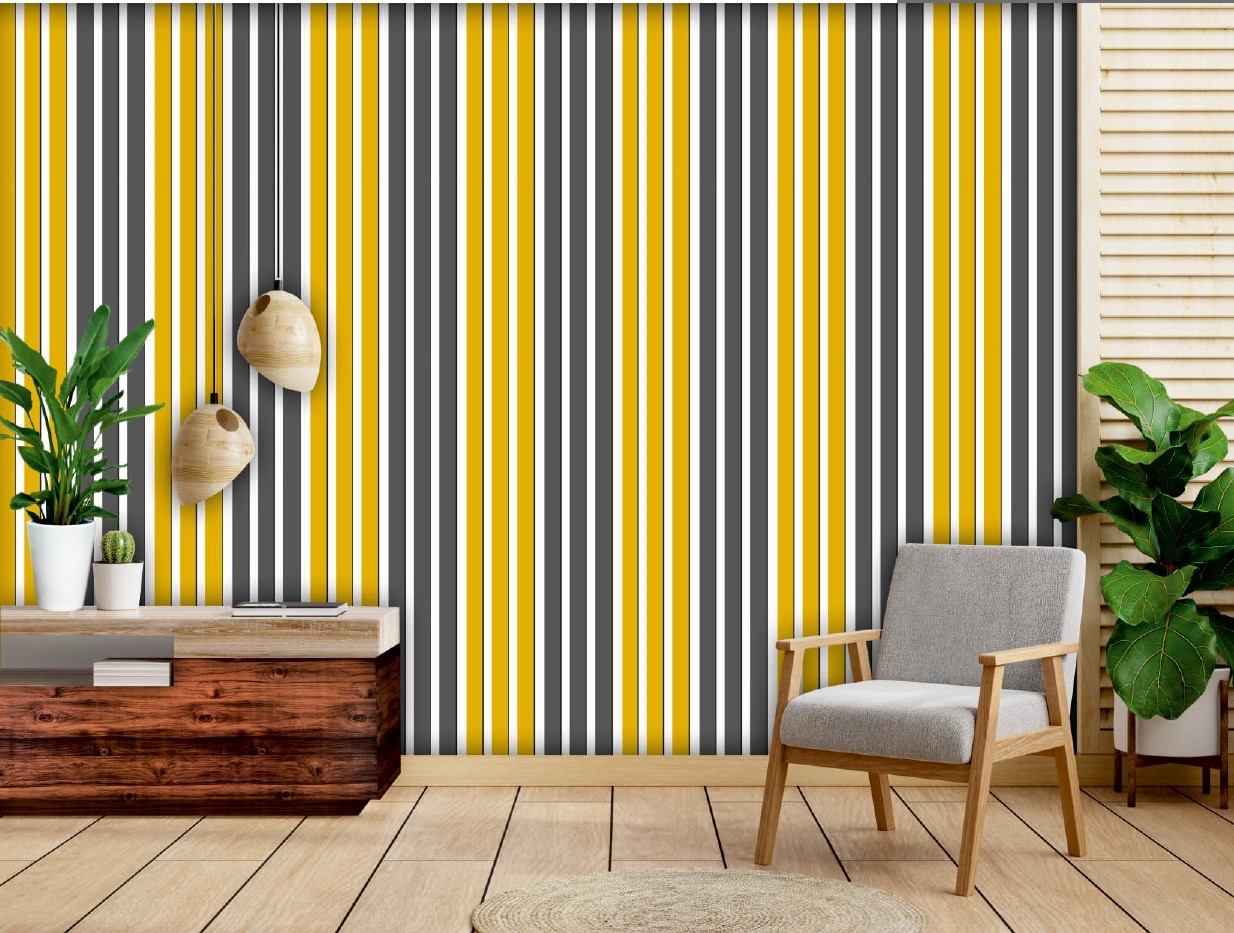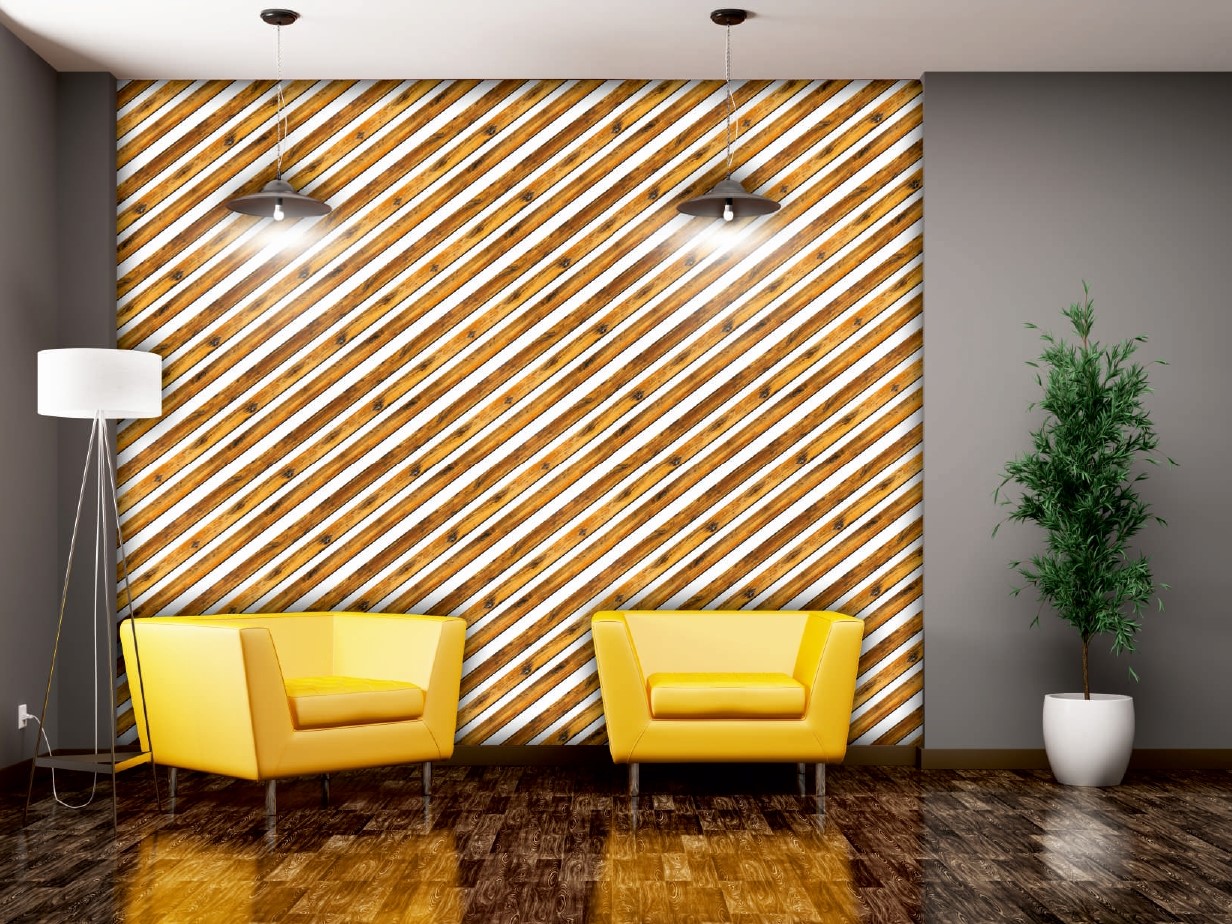
Comparison between PVC and uPVC. PVC (polyvinyl chloride) is a common, strong, yet lightweight construction material. Plasticizers are used to make it softer and more flexible. It is referred as as uPVC if no plasticizers are applied.
- 30 / May / 2022
In Construction
PVC is a flexible plastic that is used to make a wide range of pipework. In plumbing, larger PVC pipes are frequently utilised to distribute non-potable water. PVC piping can also be used to insulate electrical lines.
In construction, uPVC is used to replace wood, such as in double-glazed window frames and window sills, as well as in vinyl siding in the United States. It is a versatile material that may be manufactured in a variety of colours or designed to resemble other materials (e.g., wood). uPVC is also utilised instead of cast iron for certain types of heavy-duty plumbing and draining.
uPVC vs. PVC Pipes
PVC is utilised as a replacement for copper and aluminium pipes and is used in waste lines, irrigation systems and pool circulation systems. It is easy to cut into smaller pieces and can be secured with adhesive, giving it an excellent alternative to metal.
The majority of plastic pipes in the world are made of uPVC, which is extremely resistant to chemical erosion and has smoother inner walls that promote water flow. It also operates well in a wide variety of temperatures and operating pressures. Because it is extremely robust, rigid, and cost-effective, it is frequently used for sewage lines and external drainage pipes. Even yet, uPVC piping is significantly less frequent in the U.S., where PVC piping is favoured.
PVC and uPVC are not used to transport drinking water. Instead, cPVC (chlorinated polyvinyl chloride) is used.
Windows
Although some manufacturers may refer to their uPVC windows as "PVC," it is not used for window frames. Instead, window frames are made of uPVC, which does not degrade and is weather-resistant.
Under normal weather conditions, uPVC will not change shape, however it can be reshaped at extremely high temperatures. Windows made of uPVC are more energy efficient than those made of wood or metal. uPVC is also suitable for door frames and conservatories.
Other Uses
PVC pipes, which are small and narrow, are sometimes encountered in medical equipment. PVC is also found in leather-like or waterproof apparel, vinyl flooring, shoes, toys, automobile interiors and car cables, shower curtains, and a variety of other plastic items.
Because uPVC poses less health risks, it is commonly used in medical and dental equipment. Dental retainers, for example, are frequently made of uPVC.
Durability
PVC is less durable than uPVC because it is engineered to be softer and more flexible than many other polymers. Both plastics, on the other hand, are resistant to sunshine, oxidation, and a wide range of chemicals. The capacity of PVC piping to endure sunlight makes it more useful than ABS pipes in several cases.
Cost
Many PVC and uPVC goods are inexpensive to produce, which is why they are included in such a wide range of low-cost items.
PVC pipe can be purchased by the length or by the weight. The more expensive the piping is, the thicker it is. PVC pipe, on the other hand, is incredibly inexpensive, with several 10-foot lengths costing less than INR 600.00 each.
Safety and Risks
In a fire, PVC-coated wires can produce HCl vapours, which can be harmful to one's health. Plasticizers from PVC may seep into the environment.
PVC's flexibility is due to phthalates. Over the years, several phthalates used in PVC have been restricted or outlawed, while many others have been substituted with safer phthalates. Some of the more typically prohibited or restricted phthalates include dibutyl, benzyl butyl, and DEHP.
To date, there have been no widespread concerns about the usage of uPVC, which is free of phthalates and BPA.
Disposal
PVC and uPVC are not biodegradable. uPVC, on the other hand, is a recyclable material that can be reformed into new goods or pipes at extremely high temperatures.







.jpg)